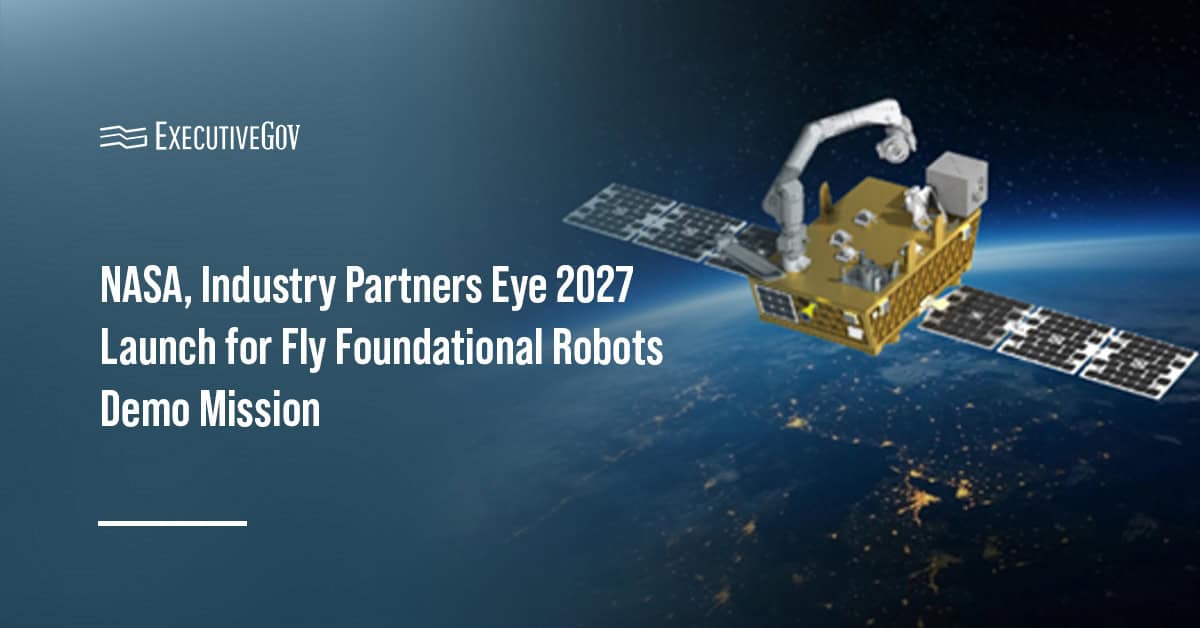Boeing and Aerojet Rocketdyne engineers and technicians installed the first RS-25 engine to the Space Launch System rocket, which will be used in the Artemis II manned mission to the Moon.
The engine is one of four units to be put in place in the core stage of SLS, two of which are new, while the other two were used in previous space shuttle flights, NASA announced Wednesday.
The installation was done at NASA’s Michoud Assembly Facility in New Orleans. The first engine was positioned at the top left corner of the core stage. In March, the team had integrated all five major structures of the rocket’s backbone.
Boeing and Aerojet, a subsidiary of L3Harris Technologies, will proceed with adding the rest of the RS-25 engines as well as propulsion and electrical systems to the structure.





